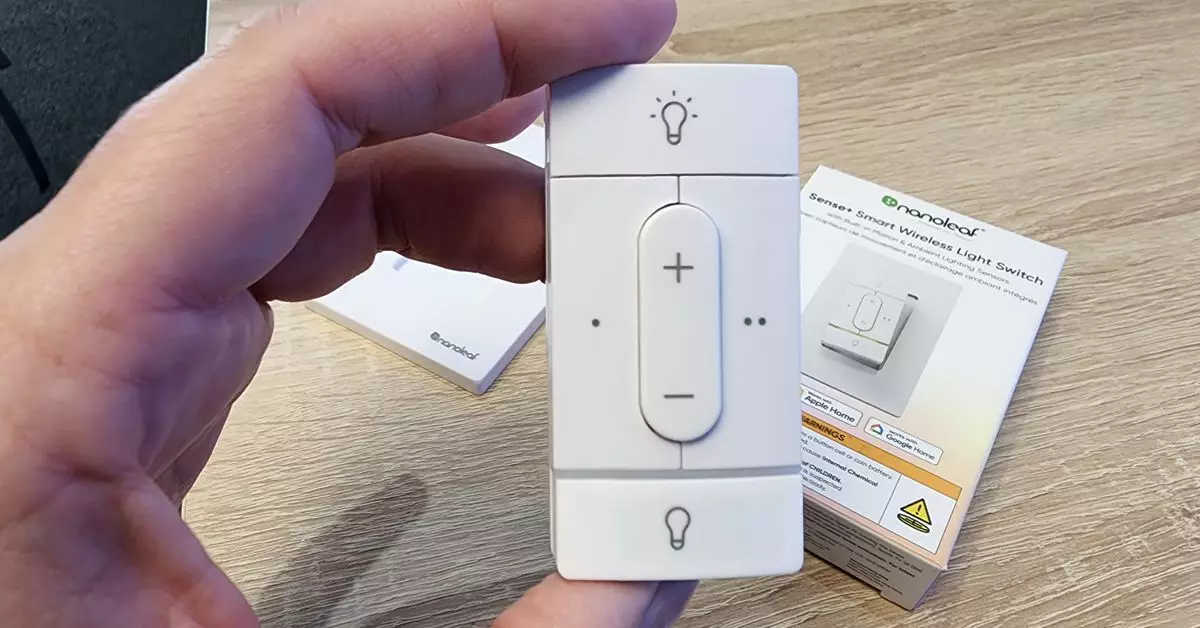As technology continues to evolve, companies like Nanoleaf face significant challenges in developing and implementing innovative products that meet consumer needs. Nanoleaf recently announced its Sense Plus Smart Wireless Switch after nearly a decade of development, utilizing a new proprietary protocol called Litewave. This article will explore the hurdles and decisions Nanoleaf made in creating this new smart switch.
Nanoleaf initially adopted Thread for its smart devices but ultimately had to pivot and develop a new protocol due to challenges with Thread’s implementation. The company introduced Litewave to ensure seamless communication between its new smart switch and existing Nanoleaf lights, regardless of whether they use Thread, Bluetooth, or Wi-Fi. This shift underscores the complexities and uncertainties companies face in adopting emerging technologies.
Nanoleaf’s co-founder and CEO, Gimmy Chu, emphasized the importance of a robust and reliable connection for the new smart switch. Litewave provides instantaneous control, enabling users to operate multiple Nanoleaf lights without delay or the “popcorn” effect. Chu expressed the need to minimize dependence on external platforms like Matter and Thread controllers to ensure consistent performance, highlighting the challenges in navigating multiple communication protocols.
In response to the limitations of Thread, Nanoleaf also introduced its first Matter over Wi-Fi light bulb, targeting a broader market segment. The company recognized the need to cater to a mass audience, particularly with products like the Essentials Matter Wi-Fi A19 Smart Bulb developed for Walmart. This strategic shift demonstrates Nanoleaf’s adaptability in exploring alternative protocols to reach a wider customer base beyond Thread’s niche market.
Nanoleaf’s experience with Litewave and Matter over Wi-Fi reflects broader industry trends and challenges in adopting new protocols. Companies like Aqara are also adjusting their product offerings to incorporate both Thread and Zigbee to address platform limitations and provide users with more choices. The evolving landscape of smart home technology highlights the ongoing need for flexibility and innovation to keep pace with changing consumer preferences and technological advancements.
Nanoleaf’s journey in developing the Sense Plus Smart Wireless Switch illuminates the complexities and uncertainties inherent in implementing new protocols and technologies. The company’s decision to transition to Litewave and explore Matter over Wi-Fi reflects its commitment to providing users with reliable and seamless smart home experiences. As the smart home industry continues to evolve, companies like Nanoleaf must navigate challenges and adapt to emerging trends to meet the needs of a diverse and dynamic market.

